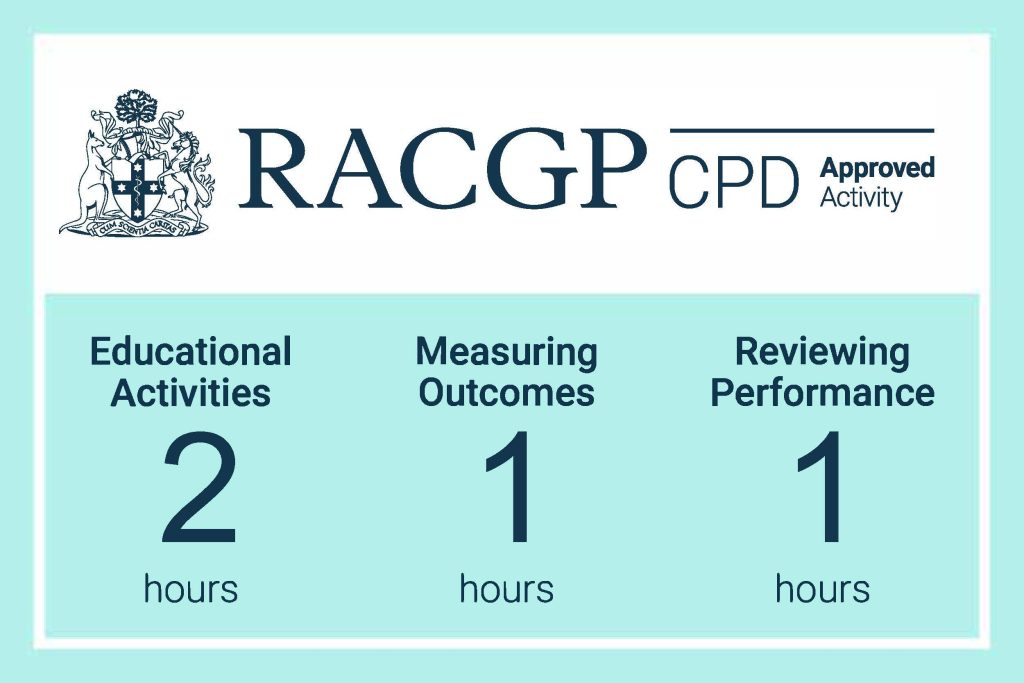Articles / STI testing and management advice has changed. Here’s what you need to know

Over the past three years, cases of gonorrhoea have risen by 45% and chlamydia by 24%. Infectious syphilis cases have climbed steadily with 24.3 notifications per 100,000 population in 2022.
While HIV notifications overall have declined, prevalence is increasing in groups such as overseas-born men.
Increasing active case finding via comprehensive testing – screening for chlamydia, gonorrhoea, syphilis, and HIV at the same time – has the potential to quickly and efficiently reverse these trends if used in the primary healthcare setting where most sexual health and STI testing takes place.
The Australian STI Management Guidelines for use in Primary Care were updated in 2020 – 2022, with further updates following a minor review in 2023-2024. The changes were made with GPs in mind, says Associate Professor Jason Ong, a sexual health physician at Melbourne Sexual Health Centre and academic who consulted on the guideline changes.
STI testing should be ordered for all asymptomatic people who request a test and offered proactively to people at increased risk and those in “priority populations” (listed below) who may need to be screened more often.
STI testing is recommended for:
Associate Professor Ong says there’s no need to screen for particular risk factors before ordering STI testing. This is important since not everyone is comfortable disclosing their sexual activity and may not tell you about behaviours that increase their risk, he says.
“GPs may assume someone is at low risk, but in fact they could be at high risk if they don’t disclose to you.”
The new guidelines stress the need for comprehensive STI testing which includes HIV, syphilis, chlamydia and gonorrhoea. There are a few reasons for this.
Firstly, Australia is experiencing a syphilis epidemic, with serious health consequences including a spike in congenital syphilis cases.
“For decades we never saw congenital syphilis,” says Associate Professor Ong. “From 2017 onwards we began to see more and more cases.”
Secondly, evidence shows some GPs might only occasionally test for HIV and syphilis as part of routine screening of heterosexual patients, and a small group never do.
“We know that STIs travel in bunches. So someone who’s at risk for one STI could be at risk for multiple STIs,” Associate Professor Ong explains.
Comprehensive testing is also important to normalise testing and reduce transmission rates.
Normalisation and destigmatisation of STI testing are critical for identifying and treating STI and promoting sexual health. Comprehensive STI testing would help achieve that objective.
Associate Professor Ong highlighted the findings of a recent systematic review and meta-analysis he co-authored which flagged the missed opportunities to test for HIV among people using STI services who presented with symptoms or an STI diagnosis.
Associate Professor Ong believes GPs should seize the opportunity to discuss the topic of STIs with patients during sexual health check-ups, overall health check-ups, and when the opportunity arises for testing blood. This is the case even if the GP thinks someone is low risk, or does not identify as being traditionally in a high risk group.
“If you are able to offer this comprehensive package, we actually then normalise HIV and syphilis testing,” says Associate Professor Ong.
“At the minimum we should be offering these tests as routine, and people can opt out of it if they don’t feel comfortable,” Associate Professor Ong says.
Comprehensive testing can address HIV transmission rates through earlier testing and management.
“The aim is to eliminate HIV transmission by 2030”, Associate Professor Ong added. “We can’t do it if we can’t detect people living with HIV who are undiagnosed. And there’s a whole bunch of people out there that need to be tested, but they’re not tested. So this is where GPs come in – you can help identify these undiagnosed people.”
A concerning trend is the rise in HIV transmission in overseas-born gay and bisexual men, predominantly from Southeast Asia, followed by South America and Africa.
“These are groups where HIV incidence is increasing,” says Associate Professor Ong. “They have an increased risk for HIV, but they’re not being offered testing. This is a signal to offer HIV testing to this group.”
With rates of STIs rising among heterosexual male and female populations, Associate Professor Ong emphasises the need to test heterosexuals.
“Even within a marriage setting, that’s no longer a safe bet nowadays,” says Associate Professor Ong. “If someone comes to you to ask for testing, offer a comprehensive package – HIV, syphilis, chlamydia, gonorrhoea.”
Doxycycline is the recommended treatment for chlamydia detected in all anatomical sites. Recommended dosage is 100 milligrams, once in the morning, once at night for seven days.
“Although azithromycin is sometimes used where poor adherence is a concern, doxycycline is a much better option, particularly in cases where infection is detected from the anorectal swab,” Associate Professor Ong says.
Immediate treatment is not recommended for all sexual contacts of chlamydia to support improved antimicrobial stewardship.
Recommendations for treatment of gonorrhoea reflect the evolving landscape of antimicrobial resistance in Australia.
“Ceftriaxone 500 milligrams plus azithromycin is still the best way to treat gonorrhoea,” says Associate Professor Ong.
Azithromycin is increased up to 2 grams for pharyngeal gonorrhoea, which can be more difficult to treat with the standard regime. Azithromycin dosages can be split into 1 gram followed by 1 gram at 6 and 12 hours to minimise side effects.
An exception to the test for everything rule
Due to rising antimicrobial resistance, recommendations are not to screen for MG in asymptomatic people.
In cases where antimicrobials are appropriate, some labs are offering testing that not only confirms the presence of Mycoplasma genitalium, but can tell you if it’s macrolide-resistant, allowing for tailored treatment.
Associate Professor Ong believes this is a solid approach.
“If you don’t follow that, your cure rate is actually about 50 to 60 percent and dropping just because macrolide resistance is so common now. But if you can jump straight to the fluoroquinolone, you can improve your cure rate remarkably.”
When should we be testing for Mycoplasma genitalium?
Testing should only happen where people are symptomatic, according to Australian and international guidelines.
“If you have an asymptomatic person, please do not screen (unless they have an ongoing sexual partner). We do not want to keep treating asymptomatic people with antibiotics,” says Associate Professor Ong.
Cases where testing should occur include:
Where urethritis is present, new recommendations are for doxycycline in place of azithromycin.
Diarrhoea can be caused by sexually transmitted infections like chlamydia, gonorrhoea, and HIV. Transmission is most commonly associated with, but is not limited to, oroanal sex.
GPs are encouraged to consider an STI as a potential cause of diarrhoea. As infections caused by pathogens such as Shigella are commonly resistant to multiple classes of antibiotics, guidelines recommend lab testing of stool samples to inform antibiotic sensitivity.
Along with notifying authorities, contact tracing is a requirement for GPs and is a legal responsibility in most states and territories.
Identifying people who are either symptomatic or asymptomatic but unaware of their infectious status can enable timely medical management.
GPs should refer to the Australasian Contract Tracing Guidelines as the specific contact tracing period varies between pathogens.
For more information:
STI Guidelines Australia | Australian STI Guidelines website

Multiple Sclerosis vs Antibody Disease – What GPs Need to Know

Using SGLT2 to Reduce Cardiovascular Death in T2D – Important Updates for GPs

Menopause and MHT: Maximising Benefits & Minimising Risks

Peripheral Arterial Disease

Yes
No
Listen to expert interviews.
Click to open in a new tab
Browse the latest articles from Healthed.
Once you confirm you’ve read this article you can complete a Patient Case Review to earn 0.5 hours CPD in the Reviewing Performance (RP) category.
Select ‘Confirm & learn‘ when you have read this article in its entirety and you will be taken to begin your Patient Case Review.
Menopause and MHT
Multiple sclerosis vs antibody disease
Using SGLT2 to reduce cardiovascular death in T2D
Peripheral arterial disease
